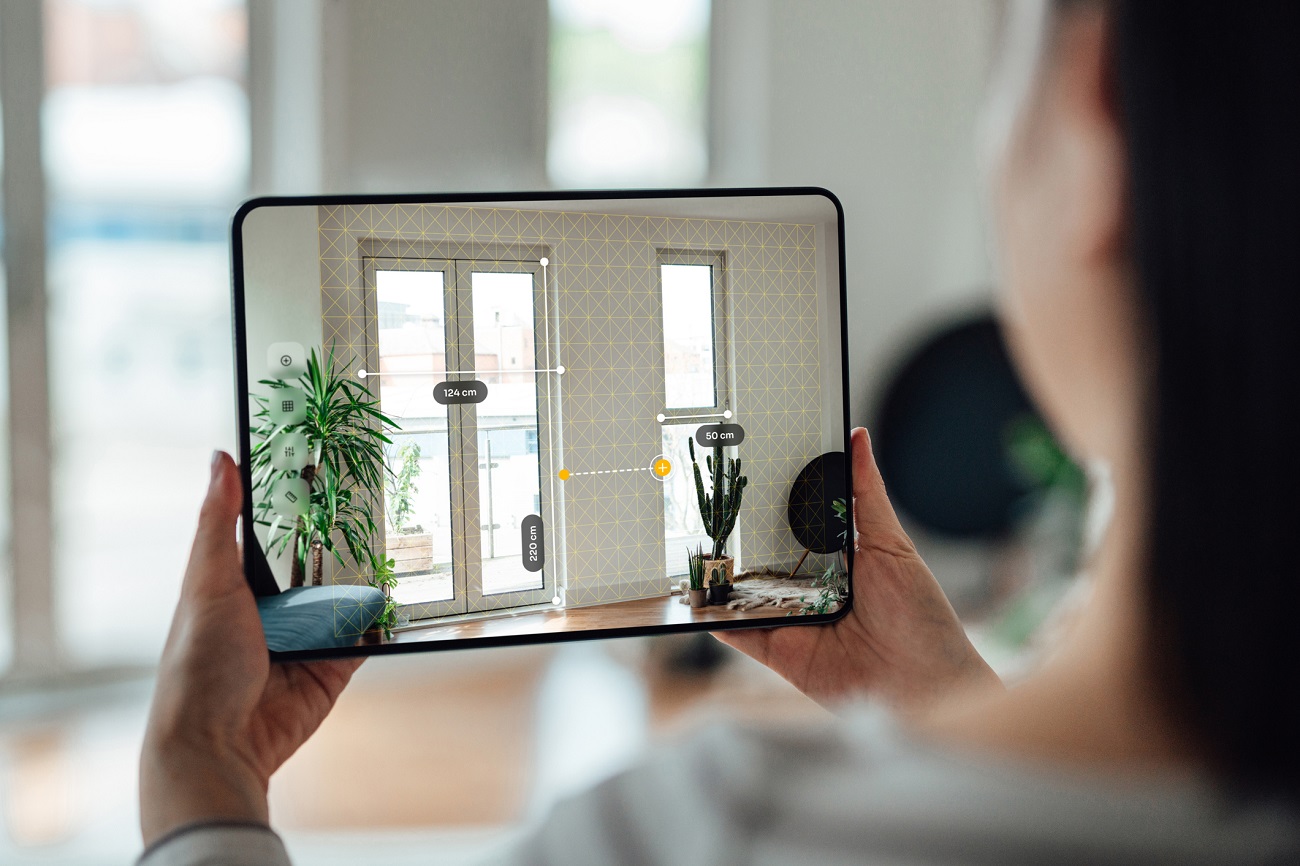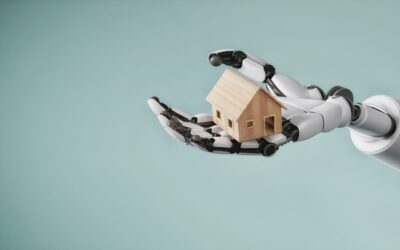As more home buyers start their house hunt online, listing photos have grown even more important. Yet, photos sometimes can capture clutter, outdated furniture, or personal items that distract possible home buyers. Until recently, clearing that visual noise required physical staging or reshoots. Now, advances in AI are changing that.
Breakthroughs in computer vision and generative modeling are making it possible to digitally remove furniture, decor, and other visual obstructions—and intelligently reconstruct what lies behind all the clutter with realistic, spatially accurate detail. This capability—sometimes called defurnishing, is quickly becoming a powerful tool for real estate professionals and property tech platforms.
What It Means for Agents, Brokers, and Proptech Innovators
Defurnishing isn’t just cosmetic. It enhances how properties are presented, planned and evaluated—without the delays or costs of physical prep. With this tech, you can:
- Remove furniture, boxes or personal items from digital twin scans and listing photos.
- Restore missing or blocked areas of a space—like walls, windows and floors that were hidden or misaligned during capture.
- Deliver clean, consistent visuals that help buyers evaluate layout, flow and potential.
For real estate marketing, it’s like giving every listing a fresh coat of—digital—paint, minus the hassle.
How It Works
Behind the scenes, Defurnishing combines three key processes:
- 3D Reconstruction
Images or digital scans are processed into immersive 3D models using computer vision and machine learning. Even when there are gaps or stitching errors, AI can help rebuild a cohesive, viewable space. - Object Recognition and Removal
The system identifies objects like sofas, tables or appliances and removes them. It also distinguishes built-ins from removable items—a crucial detail for accurate editing. - Inpainting and Restoration
Once clutter is removed, AI fills in the empty areas using learned textures and spatial patterns. Unlike basic photo editing, this happens across multiple viewpoints and panoramas to ensure visual consistency and realism throughout the model.
Why This Tech Is Different
Defurnishing in 3D spaces attempts to address some of the following technical challenges to property visualization, such as:
- Big gaps: Furniture often blocks large portions of walls or floors so AI must plausibly infer what’s behind them.
- Stitching issues: Poorly aligned photos or scans can create visual gaps, which AI can help smooth and repair.
- Multiview consistency: Because users navigate through the space from many angles, edits must hold up from every perspective.
- Ambiguity: Sometimes the system must make educated guesses, such as whether baseboards continue behind a cabinet or where a window might extend.
These challenges have historically limited the use of digital twins for early-stage planning and marketing. But AI lately has been changing that.
3 Use Cases Across the Industry
- For marketing listings: Clean, clutter-free visuals help buyers better understand the space—and its potential.
- For virtual staging and design: Designers and stagers can work from a neutral, editable version of the space.
- For insurance and documentation: Capture the true structure of a property without requiring the space to be cleared in advance.
What’s Next: Turning Clean Views into Smarter Workflows
Defurnishing opens the door to more than just cleaner visuals—it’s a steppingstone toward smarter, more interactive property tools. Here’s what likely lies ahead:
- Editable digital spaces: Soon, agents and designers may be able to test out finish changes—like flooring or paint—directly within a virtual model.
- Real-time layout planning: Visualize how a room works with different furniture or even a reconfigured floor plan.
- Integrated design workflows: Professionals may soon be able to stage, edit and share inside a single, collaborative interface.
- Data-backed recommendations: As AI systems learn from design patterns, they’ll begin offering suggestions to improve space presentation or buyer engagement.
- E-commerce integrations: Buyers and renters may soon be able to purchase furnishings or materials directly from within a virtual space.
As these tools mature, digital twins will shift from static records to interactive environments—designed for exploration, decision-making, and collaboration.
Defurnishing digital twins and property photos with AI isn’t just a neat trick—it’s a practical upgrade for how the real estate industry markets, designs, and documents space. Whether you’re an agent trying to show a home in its best light or a tech company building smarter tools, this is a glimpse into the future of property visualization—cleaner, clearer and infinitely more flexible.
Author
Matterport is a spatial data company focused on digitizing and indexing the built world. Thier platform helps customers across industries realize the full potential of a space at every stage of its lifecycle. Learn more.




